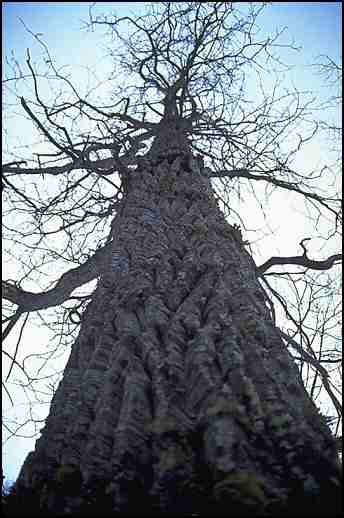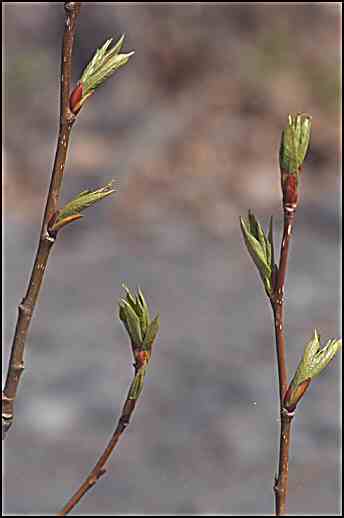Populus trichocarpa(Black Cottonwood Tree)
Latin populus, ancient name for poplar (arbor populi, tree of the people) ; trichocarpa, hairy fruit

Right click to Download hi-res photo file.
File size:301kb Type:JPG



Black Cottonwood trees are the largest hardwood trees in northwestern North America as well as in Alaska. These trees grow rapidly and can attain their maximum height of 38 meters (125 feet) in 35 years (Viereck 1972). The largest specimens may have trunks nearly 3 meters in diameter, but the trees at the Eagle River Nature Center, although 30 meters tall, are usually one meter or less in diameter.
Cottonwood trees produce, resinous, aromatic flower and leaf buds that can be used to make balms and incense. Male and female flowers bloom on separate trees. The Denaina use winter buds to produce a medicinal salve that is used to treat frostbite, sores, and rashes (Kari 1995). The long, drooping inflorescence called a catkin (or ament) may contain 50 flowers. The male flowers each produce twenty or more stamens each with a four-chambered anther, while the female flowers possess three parted ovaries that produce many cottony seeds. The flower buds break dormancy in early spring and the flowers mature before the leaves come out.